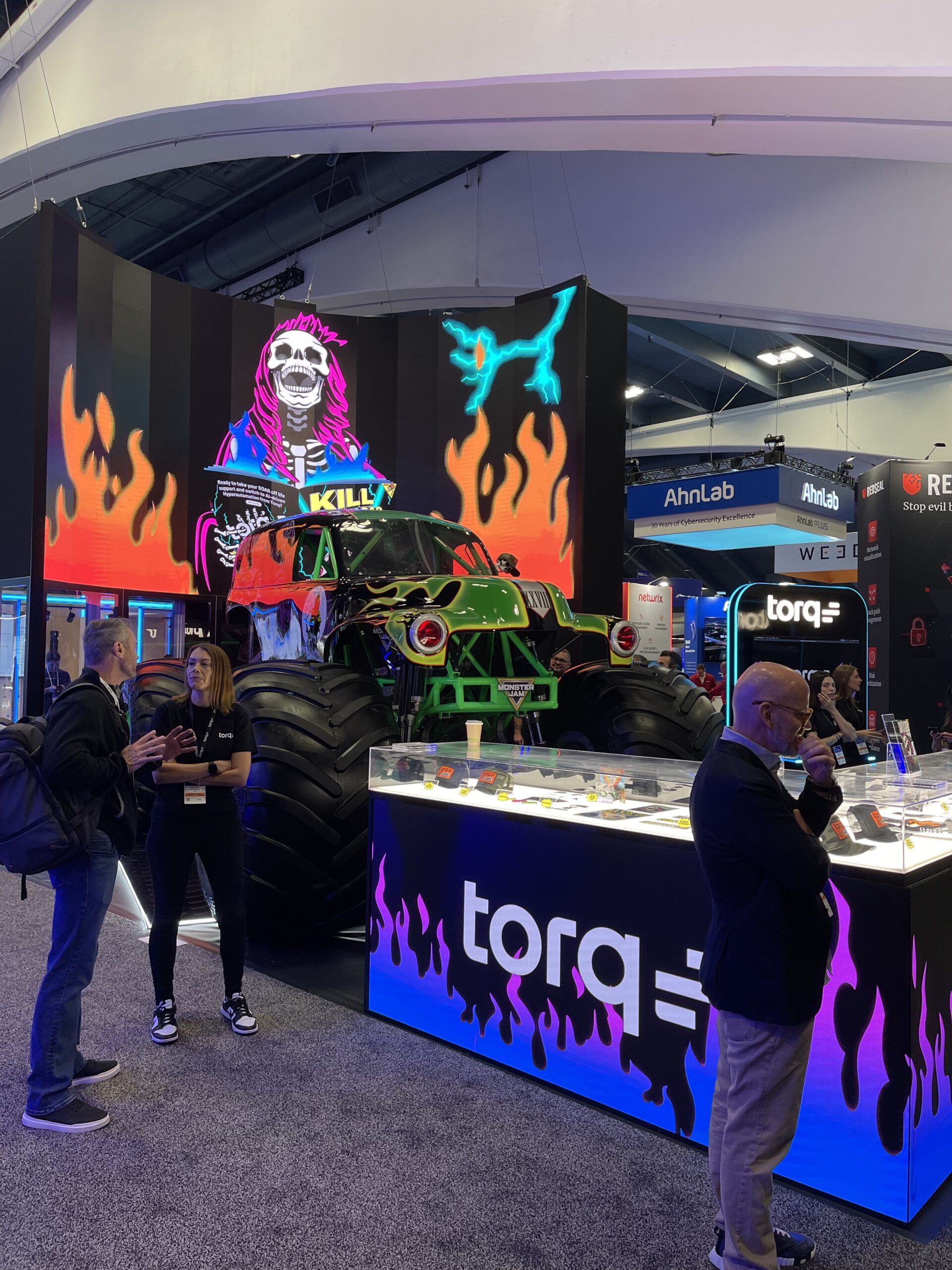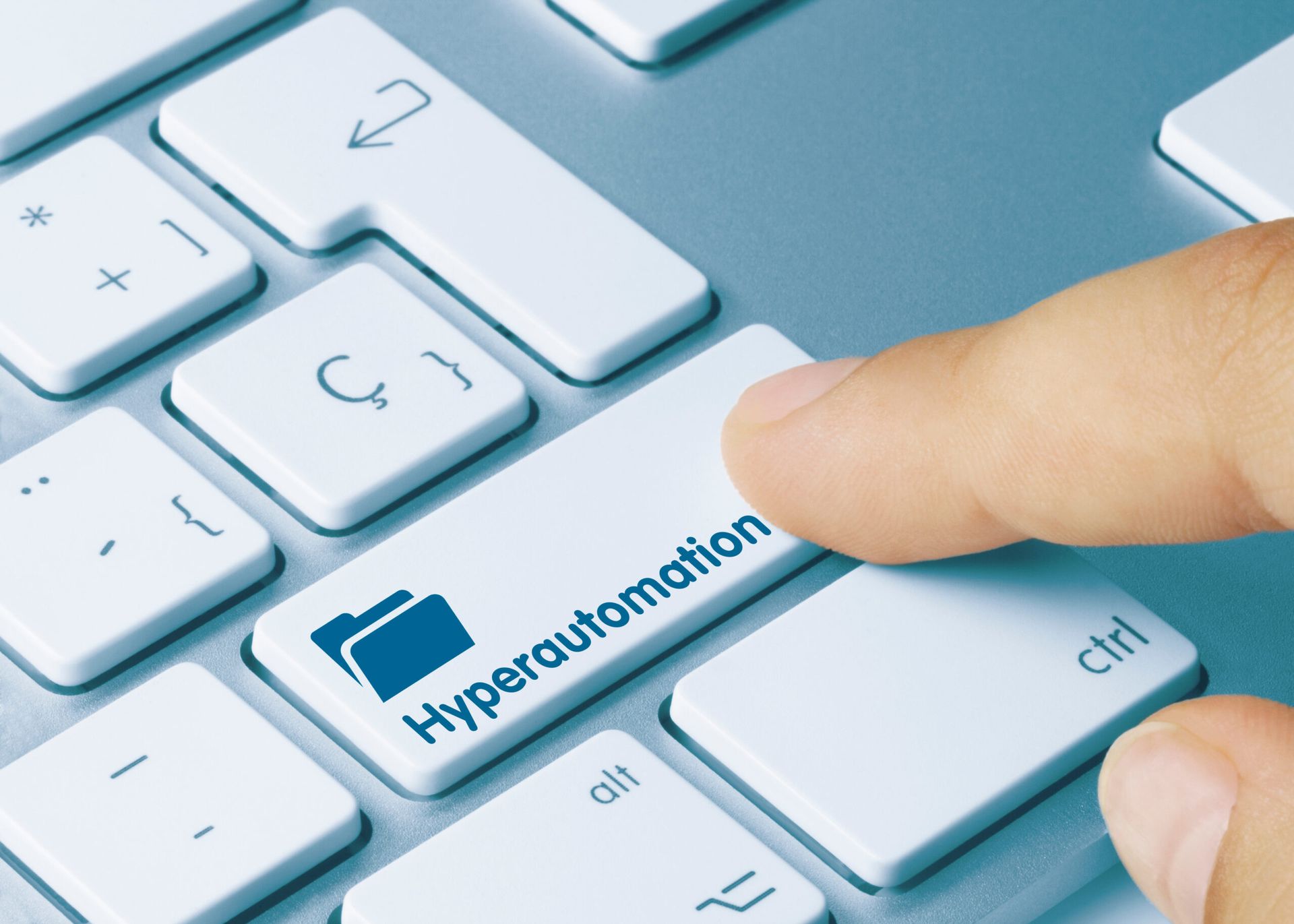Guest blog courtesy of D3 Security.
Purchasing a tool that will play a central role in your SOC is a major decision that comes with a significant investment of time and money. Unfortunately, sometimes you choose the wrong tool, or what was the right tool at the time becomes wrong for the present. When faced with an underperforming tool, it’s easy to drag your feet. You’ve already invested so much that the thought of a months-long migration process may be too much to bear. On the other hand, a competitive MSSP cannot afford to offer its customers subpar services, so inaction also comes with a cost. Fortunately, with today’s tools and processes, migrating to a new tool doesn’t have to be so painful.
We've helped a lot of companies, from bespoke MSSPs to the largest organizations in the world, move from Legacy SOARs to D3's Smart SOAR. Every migration is different, and SOAR migration timelines depend on the company involved. Some transitions take months, especially for larger companies with more complicated setups. But for smaller organizations that are ready to make the change, a one-week SOAR migration is totally possible. We know because we’ve seen it happen.
In one particular migration, the company was switching from a widely used Legacy SOAR tool to Smart SOAR. We had a vendor-specific migration plan, and the customer was totally prepared. Their analysts logged out of their old tool one Monday, and the next Monday, they were logging into Smart SOAR—it was that fast. All their playbooks, automations, reports, and incident forms were moved over, so they barely missed a beat.
Keys to a Successful One-Week SOAR Migration
Pulling off a one-week SOAR migration requires careful planning and preparation, with full buy-in from both the vendor and the customer. It also demands complete focus on the customer’s essential needs, to keep the project on track without getting distracted by details. Here’s an overview of the plan we use to achieve SOAR migration in one week:
Before Day 1: Understanding the Customer’s Needs
In this phase, which we call our initial assessment phase, we have a series of collaborative sessions with the customer’s team to understand their needs and identify core requirements. We generally focus on:
Days 1-3: Playbook Re-Platforming
Our team builds out the customer's existing playbooks in D3 Smart SOAR. We also identify gaps and shortcomings that we address through custom utility commands—which we call Hyperactions. These Hyperactions help SOC teams eliminate the cognitive burden of working with Python scripts in legacy SOAR platforms.
Days 3-5: Integrations
In this phase, we connect the SOAR platform to the other tools in the customer’s environment, along with, in the case of an MSSP, the end-customer tools with which they need to connect. With a deep library of prebuilt integrations, this is usually a straightforward process. However, sometimes custom development is needed for new integrations, which will have been determined in the initial assessment.
Days 5-7: Rigorous Testing for Dependability
Once our team has created the workflows and integrations, we run massive ingestion jobs to stress-test the system beyond real-world requirements to guarantee reliability and scalability. This phase ensures a smooth transition and minimizes risk of disruptions.
Why a Swift SOAR Migration Matters
A quick SOAR migration limits any potential interruption or disruption to your security operations, unlocks faster time to value, and keeps your team resources focused on their core responsibilities. That is why we approach it like a Formula One pit stop crew. Our aim is to get your security operations running smoothly with minimal disruption.
What you’ve seen is a high-level outline of our migration process, with a timeline that we have achieved for smaller MSSPs. Of course, not all SOAR migrations are this quick. Larger, more complex environments will naturally take longer, especially when there are many custom scripts and large volumes of historical data. It's crucial to be realistic about the scope of your migration project and allocate sufficient time and resources for a successful transition.
Migrating to a new tool in just one week may sound ambitious, but with the right strategy and support, it’s entirely achievable. The key lies in thorough preparation, clear communication, and leveraging a platform and a partner equipped to handle the complexities of migration. With expert guidance, a strong focus on core functionalities, and rigorous testing, your security operations can be up and running on a new SOAR system—or other major tool in your SOC—with minimal disruption.
About D3 Smart SOAR for MSSPs
D3 supports MSSPs around the world with our Smart SOAR platform. D3 provides full multi-tenancy, so you can keep client sites, data, and playbooks completely segregated. Importantly, we’re vendor-agnostic and independent, so no matter what tools your clients use, our unlimited integrations will meet their needs. D3’s Event Pipeline can automate the alert-handling capacity of dozens of analysts, while reducing alert volume by 90% or more. Read our latest exciting announcement about Ace AI, which is automating playbook building to achieve incredible results.




